 Abraham Lincoln
If given the truth, the people can be depended upon to meet any national crisis...
Abraham Lincoln
If given the truth, the people can be depended upon to meet any national crisis...
 Guildford news...
for Guildford people, brought to you by Guildford reporters - Guildford's own news service
Guildford news...
for Guildford people, brought to you by Guildford reporters - Guildford's own news service
Birdwatcher’s Diary No.88
Published on: 2 Jun, 2015
Updated on: 2 Jun, 2015
By Malcolm Fincham
There is a strict code of conduct within birdwatching circles at this time of the year, not to mention locations of rare nesting birds. This can make my reports quite a challenge, not to reveal too much information for the safety of birds. This paranoia has understandably developed from days when egg collecting was a popular pastime.
I am perhaps a little too naive maybe, not to believe this behaviour can possibly still occur, especially now such pastimes are so greatly frowned upon. These days, some pretty hefty fines and possible prison sentences in some cases are dealt out for those who may be tempted, that hopefully will deter such people. For the ultimate safety of our wildlife, I apologise for not revealing some the specific locations I have visited for this report.
Heathland locations tend to be my favourite areas to visit at this time of the year, with quite a few to choose from around Surrey. Especially for catching up with some of the rarer species that can be seen.
These included Dartford warblers on a few of the locations I visited.
On May 30, inspired by a tip off by a trusted friend (Jake) I managed to locate one of the regular roosting spots of a nightjar. It was fascinating and a rare sight even for me to see one asleep in daylight hours.
The nightjar is very much a nocturnal critter, feeding mainly on moths and other small flying creatures of the night.
The nightjar spends daylight hours resting, choosing a number of favoured spots, but almost always with at least one eye remaining half open in case of a daytime predator.
Looking almost reptilian in its excellently camouflaged feathers, it was one of my top sighting so far this year and to get a few record shots was a real bonus.
Although still feeling unseasonably cool for the time of the year, the last few weeks of May produced some pleasant sunny days with good opportunities to get out and about with my camera.
Mid May is a prime time for photographers to visit Thursley Common in the hope of capturing one of those iconic shot of a hobby, attracted there to feed up on dragonfly on the wetland area near the boardwalks.
As many as five or six could be seen hunting on the day I visited. Although I wasn’t able to get that perfect shot of one passing by low to the ground with a dragonfly in its talons.
However, I thoroughly enjoyed watching their displays and was pleased with some pictures.
And as a bonus, I even got a shot of a curlew as it flew over.
One particular bird that I was determined to catch up with in hope of a few photos was the cuckoo.
The well known bird is thought to be harbinger of spring. This year it seems to be closer to an announcement of summer; that is, the one that had only just arrived on Whitmoor Common a good few weeks later than I had recorded seeing it over the previous three years.
As with last year, the evening sun was in my favour as I spotted it high in a silver birch calling its famous song.
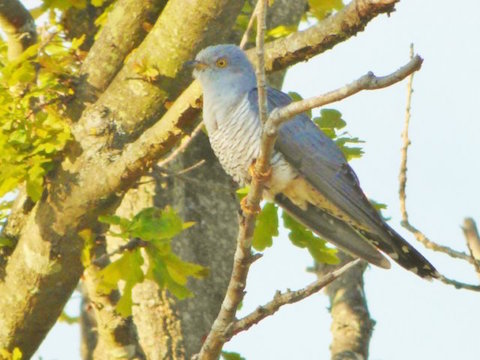
Adult cuckoos arrive in late March or April and depart in July or August, with young birds leaving a month or so later.
It was very obliging too, allowing me plenty of shots of it in various poses. Even managing to film a short video clip as it hailed its song.
A little later as the sun sank low on the horizon, a roe deer appeared. It allowed me to snap a few shots as it ran across the path I was walking along.
It ran into a small mixed copse of birch and pines. Undaunted by my presence, it had a good scratch and nibble on one of trees, allowing me a few more shots before I, rather than he, decided it was time to depart.
On May 27 I went on a walk along the River Wey towpath from Stoke Lock to Triggs Lock, attempting to update with a few new pictures of latest sightings for the year.
As I walked I noticed for the first time this year banded demoiselles out flying and settling in the sunshine on the nettles and reeds of the riverbank.
While walking out near Triggs Lock a hobby could be seen perched in a tree across the river.
Hobbies and kestrels are often thought to be hard to tell apart because they are very similar in size.
But there was no mistake between the pictures of the two birds, having taken one of a female kestrel just a short while before.
Ring-necked parakeets could be heard squawking, with one just visible enough to photo as it sat high in the tree’s canopy.
In a wooded area close to the towpath a treecreeper could be seen feeding in bark crevices, collecting food for its young.
While a mistle thrush could also be seen collecting worms for its chicks too.
Near Bowers Lock a barn owl could still be seen perched in one of its daytime roosts.
Not wishing to neglect my local patch at the Riverside Nature Reserve, on my return I visited Stoke Lake.
The great crested grebes that had been nesting there were now displaying a chick out on the centre of the lake.
While the common terns continued to look content with life out on their raft, having evicted the Canada geese, forcing them to abandon the eggs they had laid.
Ending my trip back at Stoke Lock, I watched one of many common whitethroats I had seen along my route that day.
This one was certainly on a mission, flying back and forth at regular intervals, collecting and delivering food for its young.
Recent Articles
- Guildford Institute’s Crowdfunding Project for Accessible Toilet in its New Community and Wellbeing Centre
- Letter: Guildford – Another Opportunity Missed?
- Letter: GBC’s Corporate Strategy – Where Is the Ambition?
- My Memories of John Mayall at a Ground-breaking Gig in Guildford Nearly Six Decades Ago
- Westborough HMO Plans ‘Losing the Heart of the Street’ Says Resident
- College Invests to Boost Surrey’s Economy and Close Digital Skills Gap
- Community Lottery Brings Big Wins for Local Charities
- GBC Housing Plan Promises ‘A Vibrant Urban Neighbourhood’ Near Town Centre
- Hospital Pillows ‘Shortage’ at the Royal Surrey
- Updated: Caravans Set Up Camp at Ash Manor School


Search in Site
Media Gallery
Dragon Interview: Local Artist Leaves Her Mark At One of England’s Most Historic Buildings
January 21, 2023 / No Comment / Read MoreDragon Interview: Lib Dem Planning Chair: ‘Current Policy Doesn’t Work for Local People’
January 19, 2023 / No Comment / Read MoreA3 Tunnel in Guildford ‘Necessary’ for New Homes, Says Guildford’s MP
January 10, 2023 / No Comment / Read More‘Madness’ for London Road Scheme to Go Ahead Against ‘Huge Opposition’, Says SCC Leader
January 6, 2023 / No Comment / Read MoreCouncillor’s Son Starts Campaign for More Consultation on North Street Plan
December 30, 2022 / No Comment / Read MoreCounty Council Climbs Down Over London Road Works – Further ‘Engagement’ Period Announced
December 14, 2022 / No Comment / Read MoreDragon Interview: GBC Reaction to the Government’s Expected Decision to Relax Housing Targets
December 7, 2022 / No Comment / Read MoreHow Can Our Town Centre Businesses Recover? Watch the Shop Front Debate
May 18, 2020 / No Comment / Read More




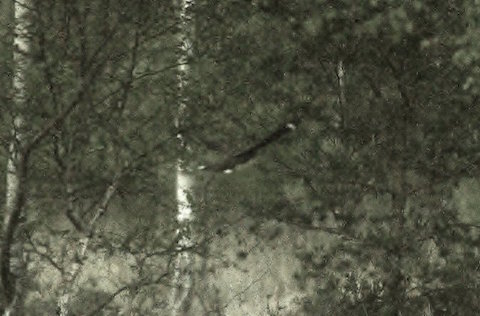
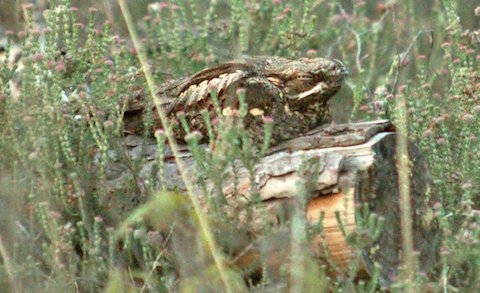
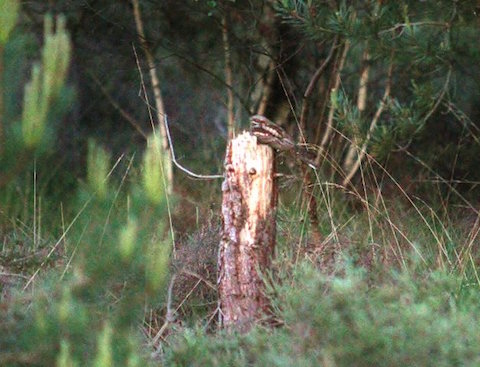
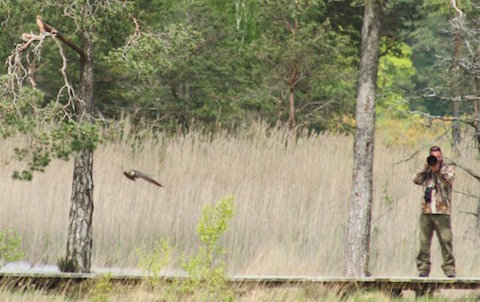



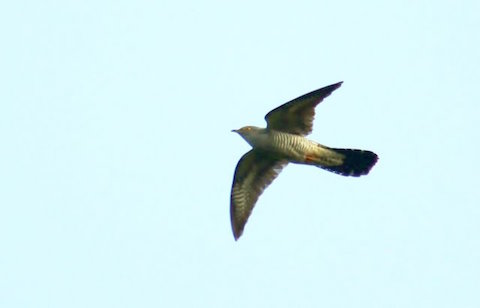
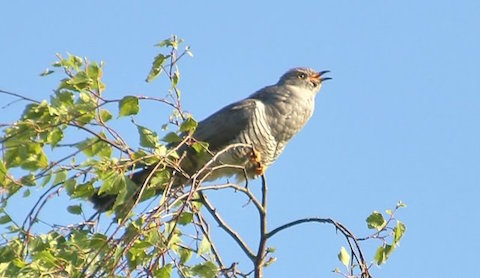
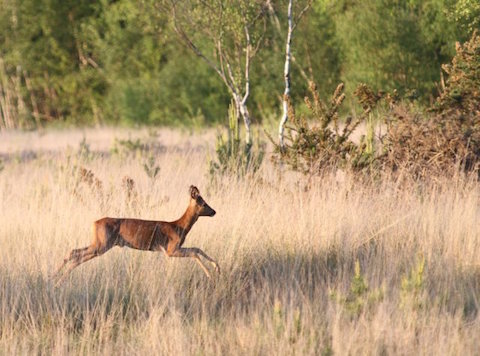
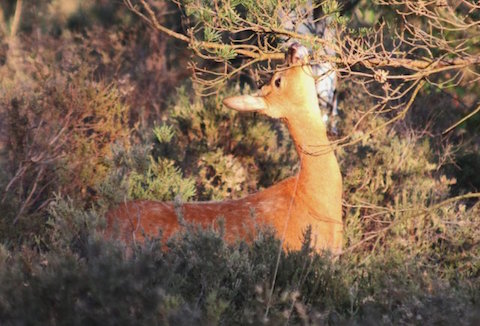
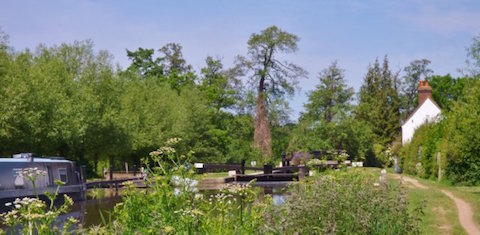
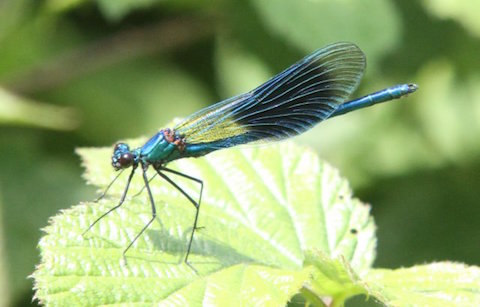
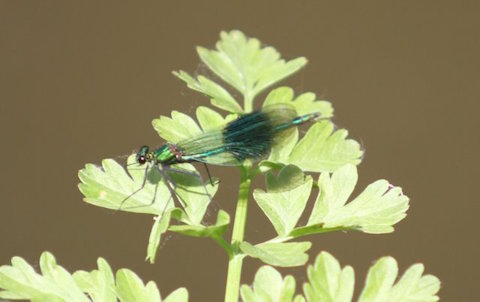
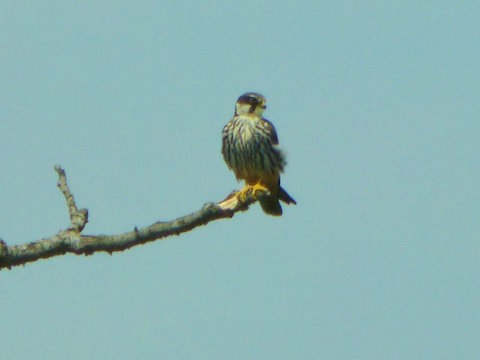

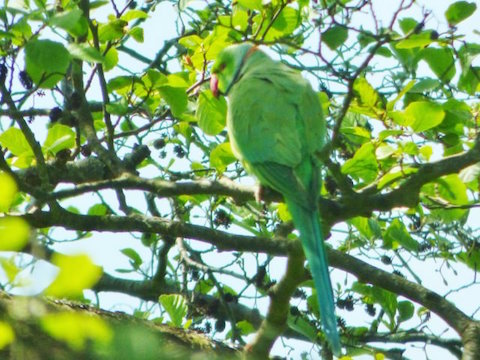
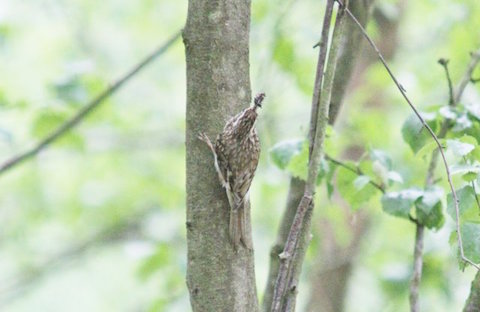
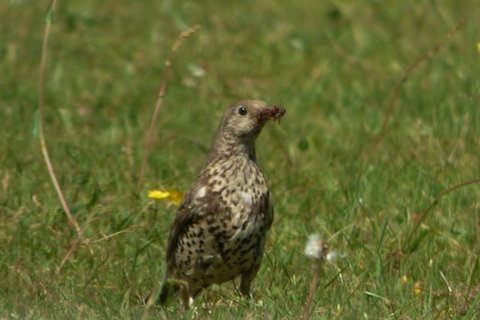
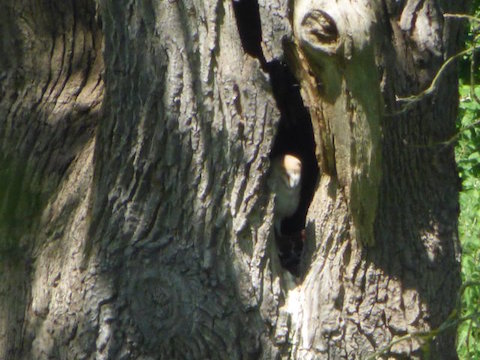
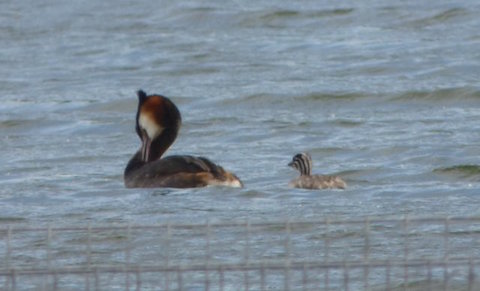
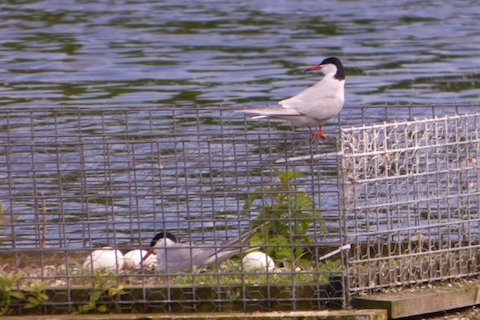
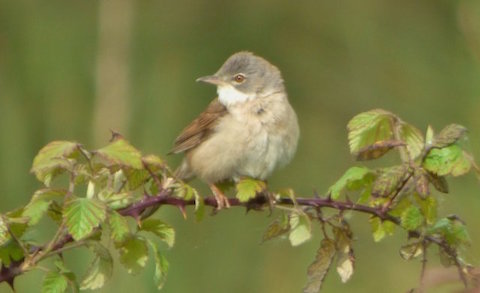
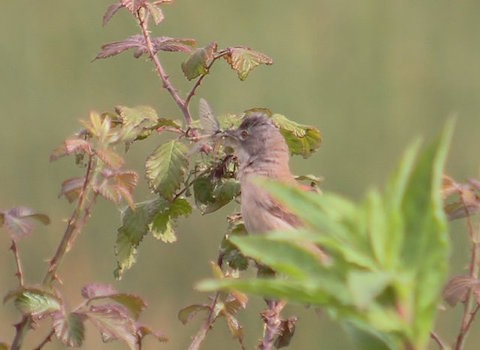






Recent Comments